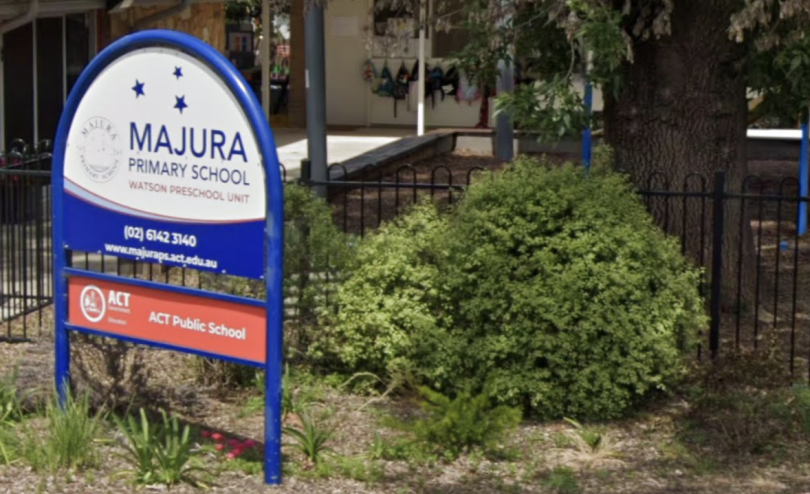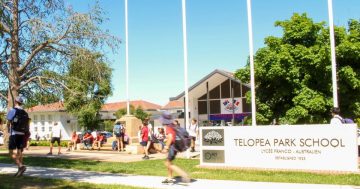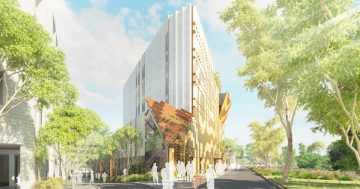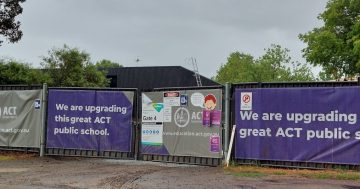
The Majura Primary School P&C is one of many to have raised concerns about capacity limitations at their school. Photo: Screenshot.
Senior officials from the ACT Education Directorate have defended how public schools’ maximum capacity is calculated, despite some school communities complaining about a lack of space and amenities.
Capacity problems were raised in a number of schools’ submissions to a Legislative Assembly inquiry into the management of ACT school infrastructure, which conducted its final hearing this week (Monday, 7 March).
The Majura Primary School Parents and Citizens Association (P&C) said parents and carers were tired of having to continually advocate for protecting specialist teaching spaces like the library from being turned into classrooms.
Although it had secured two demountables with four classrooms, the P&C argued this should be a temporary substitute and not a solution.
“[The] use of demountables is appropriate at the margins to deal with some capacity issues, but they should not be a substitute for wholistic forward planning to deal with and manage demand for public education across the region,” its submission said.
Garran School also raised concerns about a “sea of demountables” taking up outside space in a previous hearing last year.
Similarly, Mawson Primary School P&C said in its submission the school hall was too small to fit the entire student body and three demountable buildings had taken up areas that used to be for sport.
“[The school] has had no substantial change to its permanent infrastructure since it was built in the 1970s, save for an environmental centre. As a result, the school library and even the environment centre itself have had to be re-purposed in recent years to house classes to cope with the rapid student increase,” its submission read.
Similarly, parents at Harrison School held concerns about specialist teaching spaces being used for purposes other than what they were intended for.
For example, English classes are being taught in a kitchen/food tech classroom, social science in dedicated maths classrooms, and PE/Health in food prep classrooms.
All of these schools said they had experienced rapid growth in recent years.
As of May last year, 37 public schools had demountable classrooms in the ACT.
The ACT Council of P&Cs echoed concerns about a lack of improvements to school facilities. It recommended in its submission to the inquiry that demountables were only a “temporary” fix.
Education Directorate Executive Branch Manager, Business Services, David Matthews said schools were visited regularly by directorate staff who assessed available space and amenities.
School capacity, he said, was determined on the basis of 25 students per classroom space but the objective was not for schools to reach 100 per cent capacity.
Mr Matthews said there were “specific circumstances” in which a specialist space could be used as a general classroom.
“If there is a need to use that space for a classroom it can be, and certainly that’s one of the ongoing conversations the Directorate has with schools, ” he said.
However, this wasn’t ideal.
The Directorate also works with the ANU School of Demography in order to project where and how future population growth would occur and how this would impact on future school enrolments.
Minister for Education Yvette Berry was also asked whether the directorate was forecasting for a future in which land is even more of a hot commodity than it is now given the obvious constraints on the Territory’s land supply.
“It’s definitely something we need to consider as land becomes more finite and more difficult to manage – particularly in higher density areas,” she told the hearing.
She said while building schools upwards instead of outwards wasn’t yet on the Directorate’s radar, it would likely be investigated in the future.
However, Ms Berry said this would be more suitable in a high school or college setting than for primary schools.





















